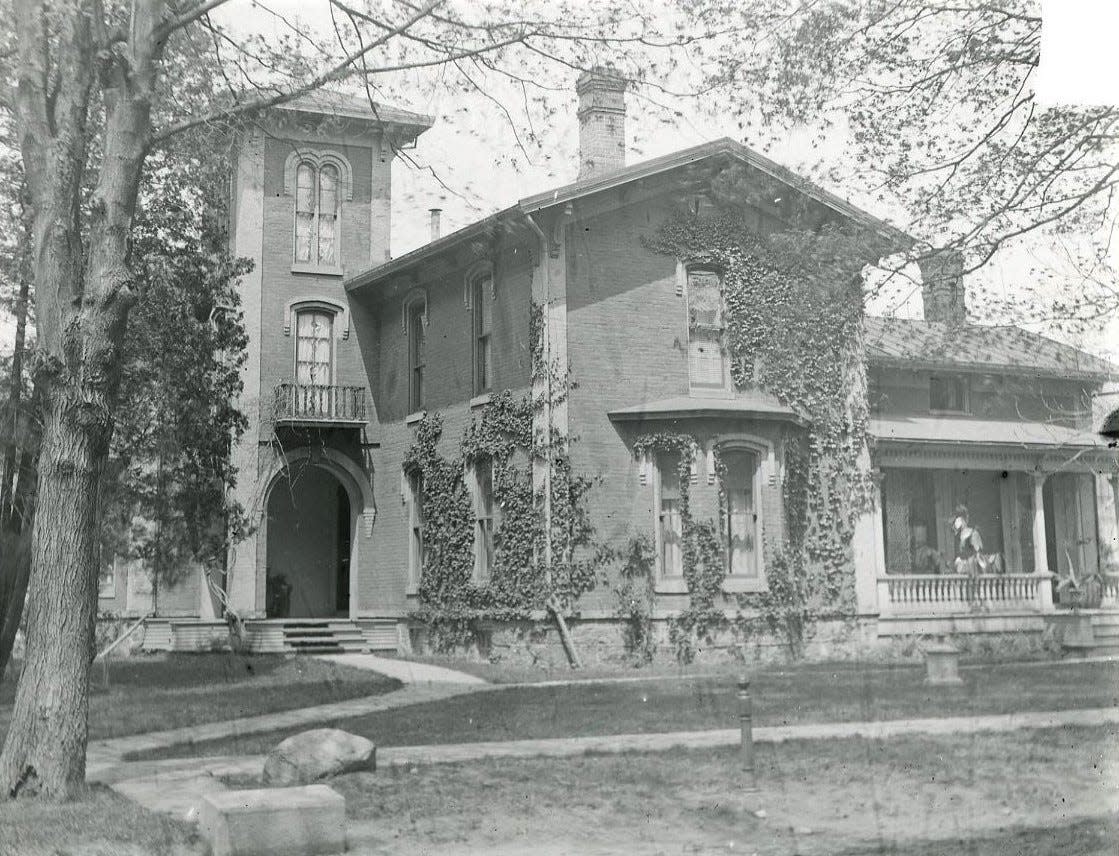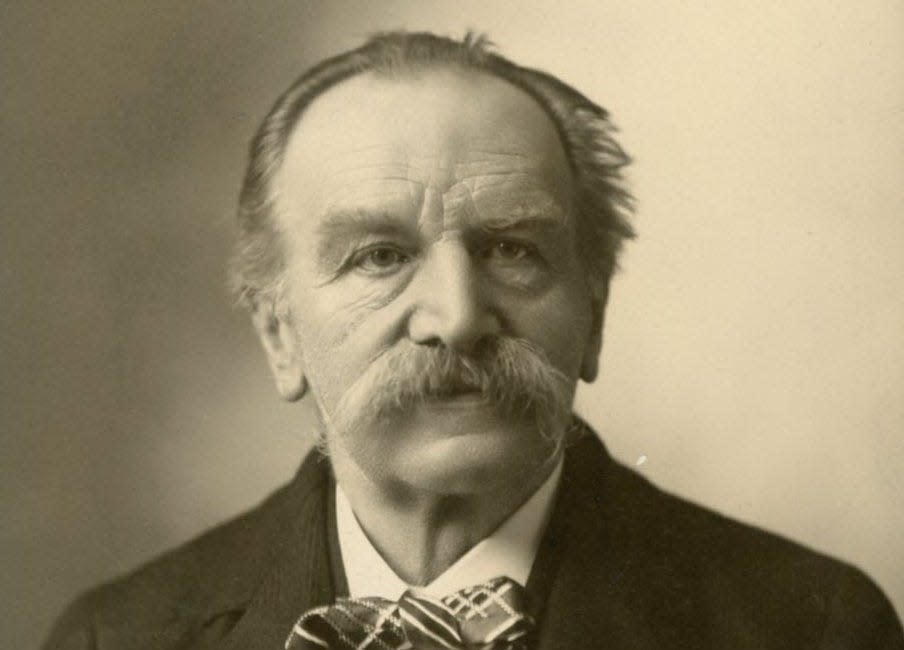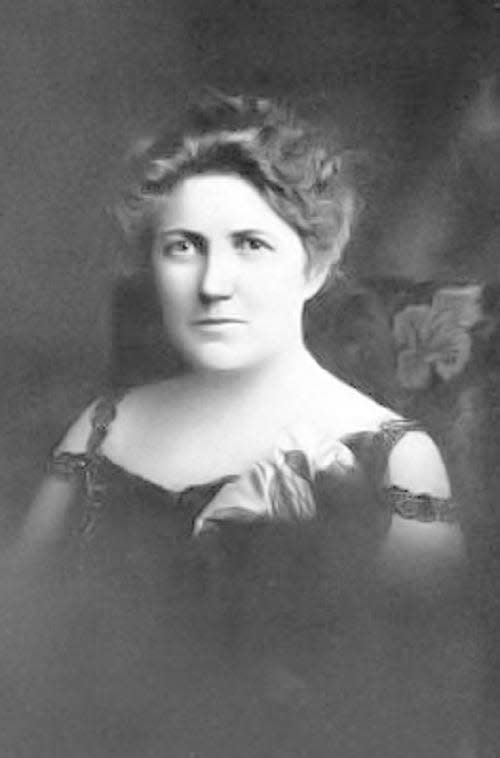Monroe Home for Blind Babies was one of first of its kind in Michigan

The Monroe Home for Blind Babies and General Hospital was one of the first institutions in Michigan to serve the special needs of blind children. It also helped those youth with other disabilities and, again, was one of the first facilities in Michigan to do so.
According to Bulkley’s “History of Monroe County Michigan,” the Monroe Home for Blind Babies and General Hospital was established in January 1910 for the care and training of blind children.
Evidence of the pressing need for the Monroe Home for Blind Babies and General Hospital rose to the forefront by accident. A Monroe family found a 2-week-old, blind baby on their doorstep. As word spread quickly throughout Monroe, there was recognition that a location to treat the blind and infirm children was needed, especially since Michigan did not make provisions at the time for blind children under 7 years of age. As Bulkley wrote, “…This Monroe home is fortunate in being specially equipped for receiving and caring for blind babies and fostered by people of cultivated tastes and sympathetic natures…. Parents who have blind, crippled, nervous and backward children will best realize what a blessing such a home as this is, offering even better, because expert care which is impossible in the family home.”

In 1912, the Monroe Home for Blind Babies and General Hospital purchased the residence of Mrs. Julius Weiss at 55 E. Vine St. Weiss was an apothecary who partnered with German immigrant and former cabinet maker Gustav Merz to open the Weiss and Merz Drug Store in 1879. Merz, also an apothecary, had worked previously in the grocery store of C.M. Stocking and bought out Weiss in 1894. The former home, described by Craig and Kimberly Hutchinson in “Monroe: The Early Years” as “one of the finest examples of the Tuscan Villa motif in the Italianate Style,” contained patient apartments and an operating room and was privately funded. However, the Monroe Home for Blind Babies and General Hospital did receive the endorsement of the Michigan State Board of Charities and Correction.
As Bulkley reported, the official roster of the Monroe Home for Blind Babies and General Hospital included, “The Hon. Carl Franke, president, judge of probate; Rev. Chas. O'Meara, vice-president, rector Trinity church; Miss Helen Boehme, secretary; Miss Jenny T. Sawyer, treasurer, secretary Civic Improvement Society; J. S. McMillan, superintendent, president McMillan Printing Company; B. Dansard, Jr., cashier B. Dansard & Son's State Bank; George A. Amendt, president Amendt Milling Company; Mrs. W. Van Miller, president Civic Improvement Society; Wilbur F. Ilgenfritz, president I. E. Ilgenfritz' Sons Company.”

The Monroe Home for Blind Babies and General Hospital was also the first Michigan affiliation for the International Sunshine Society of New York. The International Sunshine Society, incorporated in 1900 in New York, was headed by Cynthia May Westover Alden, a social worker and journalist who became an advocate for blind children in her later years. In 1902, the society established a sanatorium in Bensonhurst for blind children (in 1917 it became Harbor Hospital), and in 1905 a nursery and a kindergarten for blind children were established in Brooklyn. In 1910, the Sunshine Arthur Home for blind babies was established in Summit, New Jersey, and over a period of years the society’s efforts led to legislation providing care for blind infants and children in 18 states. Alden’s books included “The Ways of Earning Money: A Book for Women” (1904) and “The Baby Blind” (1915). By the time of Alden’s death, the International Sunshine Society had 500 local branches in 38 states as well as branches in 8 foreign nations.
Tom Adamich is president of Visiting Librarian Service, a firm he has operated since 1993. He also is project archivist for the Greening Nursery Co. and Family Archives and the electric vehicle awareness coordinator at Monroe County Community College.
This article originally appeared on The Monroe News: Monroe Home for Blind Babies was one of first of its kind in Michigan

